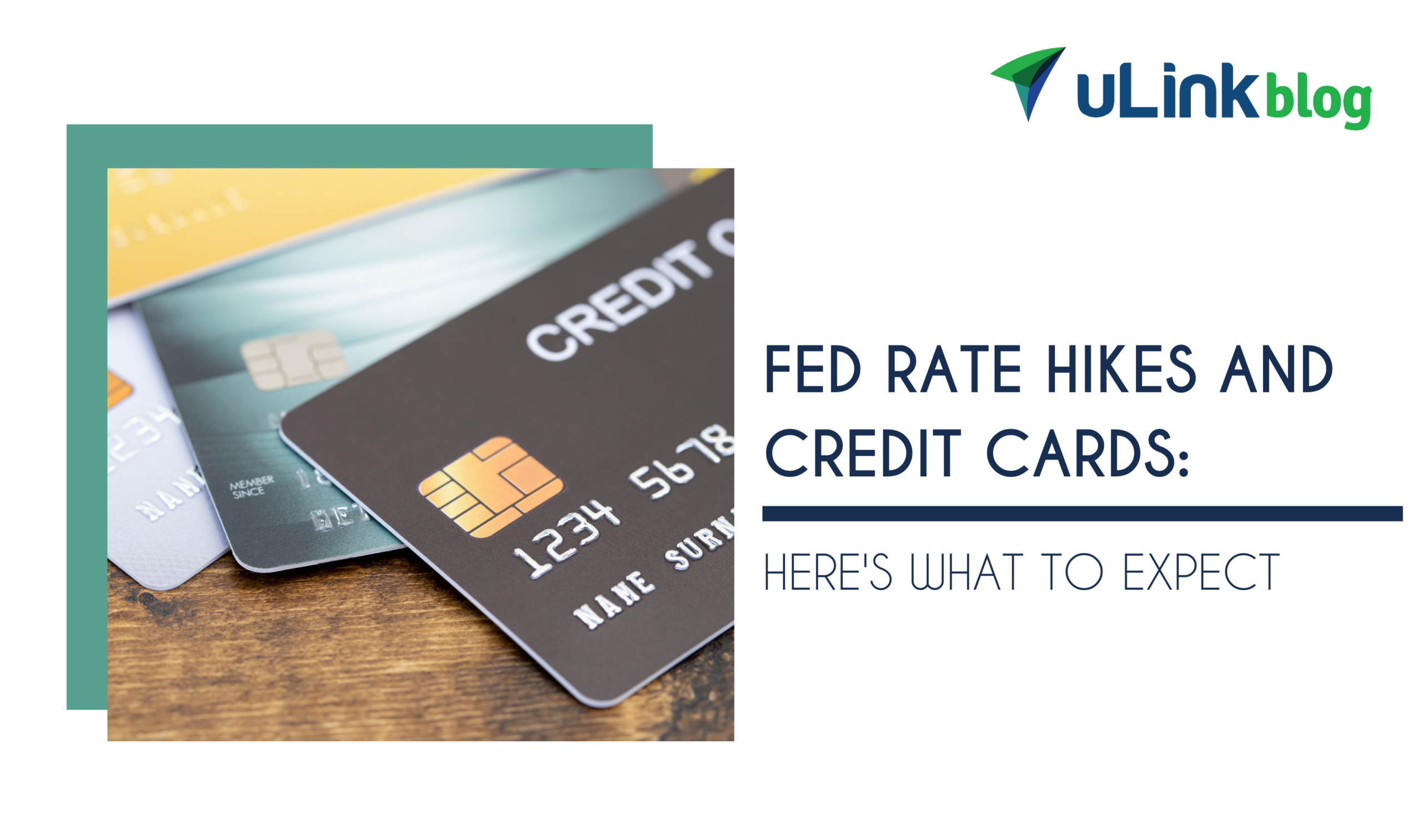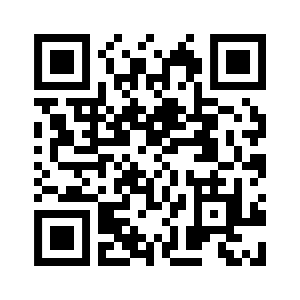
In response to rampant inflation and economic setbacks, the U.S. Federal Reserve recently raised interest rates for the ninth time in a row—they are now at their highest level in over 15 years.
While the financial implications are widespread, they will directly affect consumers in one crucial area: credit card debt.
Historically, whenever the Federal Reserve raises interest rates, credit card APRs quickly follow suit.
In this article, we’ll explain what the recent Fed rate hike means and how it affects credit cards. But it’s not all bad news: read on to learn five powerful ways to protect your financial future.
The Fed’s Interest Rates, Explained
As the central bank of the United States, the U.S. Federal Reserve (often called “the Fed”) controls the money supply in the country and dictates the value of the U.S. dollar.
How does it accomplish that? Simply put, by printing money.
Thanks to the 1913 Federal Reserve Act, the Fed can legally print money at will, as well as determine interest rates, i.e., the cost of borrowing money.
When interest rates are high, it costs more to borrow money—when they’re low, it costs less.
The rules of borrowing are almost always the same.
Every time you tap a car loan, a mortgage, or open a new credit card, you agree to pay a certain amount by a certain date (typically once a month).
However, if you miss that payment date (or only pay a portion of the outstanding balance), you will be charged interest according to the rates listed on your contract.
Some interest rates are fixed, while others are variable. When it comes to credit cards, however, the vast majority come with variable interest rates.
For example, a credit card may offer an Annual Percentage Rate (APR) with variability between 16% to 22%. This range allows the credit card company or bank to adjust their interest rates based on their clientele, the economic climate, and of course, the Fed’s evolving policy.
Fed rate hikes and credit card APRs go hand-in-hand. In fact, the average credit card interest rate is now 24.16%—up from 20.40% at the end of last year.
Note: credit card issuers are not required to notify you of any changes or increases to their interest rates. That’s why it’s vitally important to know what you’ll be charged if you carry a revolving balance.
Why Is the Fed Increasing Interest Rates?
It’s no secret that inflation is high—it has been for quite some time.
There are many factors behind this trend, including the economic fallout from the global pandemic.
Despite a gradual lowering of the Consumer Price Index (CPI) over the last year, the cost of goods and services in the U.S. remains out of reach for many people.
Indeed, the latest CPI measurement of 6% is exponentially higher than the Fed’s ambitious target of just 2% inflation.
That’s why the Federal Reserve has accelerated interest rate hikes by another 25 basis points, pushing interest rates to a range of 4.75% to 5%.
The reasoning is clear: if the cost of borrowing increases, overall spending will decrease. When spending drops, prices will moderate.
As Chairman Powell said in his Senate Banking Committee testimony, “the latest economic data have come in stronger than expected, which suggests that the ultimate level of interest rates is likely to be higher than previously anticipated.”
While the Fed does not directly increase your credit card interest rates, they do affect the basis for your bank’s “prime rate”—the interest rate at which banks lend to customers considered to have “good” credit.
Taken in concert with other factors (like your FICO score), the prime rate helps financial institutions determine your APR.
But what does the Fed rate hike mean for credit cards?
How Interest Rates Affect Credit Card Debt
Practically speaking, the Fed rate hikes increase the cost of borrowed money.
While each consumer will bear the costs differently, the latest Fed increase will likely raise the credit card APR by at least 0.25%, in line with the official rate hike.
For credit card owners, this means that you’ll need to spend with greater caution.
According to Derek Horstmeyer, a finance professor at George Mason University’s School of Business, “higher interest rates mean you really can’t spend as much on big-ticket items. There’s a direct connection.”
Here’s the good news: if you pay your balance on time (and in full) each month, you won’t have to worry about interest rate hikes. In fact, paying bills on time is a sure-fire recipe for success.
However, if you do carry a revolving balance, or if you go into credit card debt in the coming months, a higher APR could quickly undermine your financial freedom.
For example, let’s say Isabella carries a $4,000 card balance with an interest rate of 20%.
If she makes a fixed payment of $110 per month, it would take Isabella just under five years to pay off the credit card debt, during which she would pay roughly $2,200 in interest.
But say her APR increases by even just one percentage point. Isabella would now need an additional two months to pay off the debt, and she would pay an additional $215 in interest.
If Isabella’s APR increases even more, the debt will take longer (and cost far more) to pay off.
Note: confused about the difference between APR vs. APY? Read our recent article on the topic.
What To Do When Interest Rates Increase
Over the coming months, the Fed may continue to increase interest rates.
In other words: keep an eye on your APR.
More importantly, be sure to implement these five strategies to stay financially fit—
no matter what the Fed has in store.
1. Tackle Outstanding Debts First
Everything is more expensive these days, including any outstanding balances you might have.
While credit card debt is never fun to address, it’s well worth your immediate attention.
As we discussed in the example above, even a small increase in your credit card APR could cost hundreds (and even thousands) of dollars over time.
Before making additional purchases (or taking out a new loan), try to pay off your outstanding debts first. After you’re caught up, you can make moves from a position of strength.
Remember: every time you pay off debts, you’re paying yourself first.
2. Pay Your Bills On Time
We mentioned this earlier, but it’s worth repeating: whenever possible, pay your credit card bills on time.
After all, missed payments are the fastest route to mounting credit card debt. Plus, they’re also one of the leading causes behind poor credit scores.
Remember: on-time payments are the #1 factor for credit scores, and it accounts for over 35% of your FICO score.
When you make payments on time, your credit score rises. And as your FICO score increases, you incentivize lenders to offer you a better APR, regardless of the latest Fed policy.
3. Pay Balances in Full
It can be very tempting to pay the minimum, especially when credit card companies make it so easy to do.
While paying the minimum is certainly better than missing a payment entirely, it’s also a fast way to increase your debts.
For example, let’s say Mateo has a credit card balance of $7,800 with an interest rate of 15%.
Due to other financial obligations, Mateo makes a recurring 3% minimum payment of roughly $234 each month.
While Mateo technically makes his payments on time, it would take approximately 44 months to repay the total. Plus, he would pay over $2,353 in interest along the way.
On the other hand, if Mateo increased his minimum payments to $300 (just $54 more per month) he would take only 32 months to repay the debt, and save $662 in the process.
4. Put Your Credit Cards Away (For Now)
Credit cards can make it easy to get into debt—the average U.S. household has $6,473 in credit card debt.
If you’re concerned about your ability to pay your bills on time, consider putting your credit card on hold. Maybe that means hiding your credit card in a drawer, or perhaps it means canceling it altogether for the time being.
You can always get a new one later.
Pay with cash or check when in person, and use a debit card when shopping online. This will put you back in control of your spending and protect you from the dangers of debt.
5. Open a Money Market Account
Inflation eats away at the purchasing power of every dollar you own.
Rather than letting your money languish in a low-yield savings account, consider depositing it in a money market account.
While Annual Percentage Yield (APY) rates vary, some financial institutions offer money market accounts with APY as high as 4.75%.
In a money market account, interest compounds daily, providing a great defense against inflation and a powerful pathway to building wealth.
Money market accounts are also ideal tools to help build an emergency fund.
Moving Forward
While there are many ways to get out of debt (and build good credit), the most important factor is time.
Patience is key, and your efforts will certainly be rewarded.
While it’s important to keep an eye on Fed rate hikes and credit cards, have confidence that your own habits and financial discipline will always rule the day.
At uLink, we do everything in our power to help you support the ones you love.
With great exchange rates and fees starting as low as $0, we are fully dedicated to helping you save more as you send money to the ones you love abroad.
Miles from home—just moments away with uLink.









